June 7th to 9th 2018
Opening reception 7th 6pm to 8pm
小西潮 潮工房 ガラス作品展
6月7日、8日、9日 2018年
オープニング レセプション 6月7日 6時から8時


Fujiko Enami and Ushio Konishi are a couple who run a glass studio in the Miura Peninsula of Japan.
Three years ago the two had a successful exhibition at the National Museum of Oriental Art in Venice, Italy. The success motivated Fujiko to move to Venice and start living there. Knocking on the door of the Italian glass industry, Fujiko spends her time learning both language and culture.
Left alone at his studio in Japan, Ushio works tirelessly and with passion alongside one assistant.
The two met in college where they both studied at the Toyama City Institute of Glass Art. After graduating in ’93 Ushio moved to Massachusetts and started work at Chatham Glass Company. In ’95 Fujiko moved to the U.S. and started work at the Chatham Glass Company under Jim Holmes as if to chase after Ushio. In 1998, the two returned to Japan and started their own glass studio, USHIO KOBO.

Naturally, Fujiko chose Murrini and Ushio chose Lace glass making; both very different yet Venetian styles. The two have become the best in their respective craft.
Both Lace and Murrini are styles that require time and effort to prepare the materials needed for making glass.
Fujiko’s preferred style Murrini requires a lot of detailed planning before crafting.

Glass of various colors are arranged, overlaid, softened by heat and stretched. Afterwards the glass is sliced into small beads which are known as Murrini. Each piece is then aligned one by one using forceps to form a sheet. This sheet is then heated in a furnace, fused together and finally blown to be shaped. Ushio shaped and sized her working desk in order to allow Fujiko work efficiently.
Today, Ushio is probably working, simultaneously twisting and pulling glass in order to make canes for his next piece, or even fusing the canes into lined sheets and completing the piece itself.
The level of tedious work and effort is shown through both styles and showcases the talent and eye they have for both precision and craftsmanship.
In the past years the two had exhibitions together but this year it is different. His own solo exhibition will put a lot of pressure on him.
The quiet Ushio will be presenting his work for the first time in New York. The reason for Fujiko’s success is the unrelenting support of Ushio. Do not miss out on the pieces produced by the gentle giant, Ushio Konishi.
潮工房は、江波冨士子と小西潮の2人のためのガラス工房。
3年前のベニス国立東洋美術館での展覧会の成功を収め、一念発起した江波冨士子は、2018年の1月からベニスに移り住み、語学勉強の傍らイタリアガラス工房のドアを叩く日々を送っている。
三浦岬の工房に残された小西潮は2人のアシスタントと共に毎日忙しく作品作りに追われている。
レースガラスを得意とする潮が冨士子と出会ったのは、まだ学生の頃、富山ガラス造形研究所時代だ。93年に卒業後にマサチューセッツのチャダムガラスカンパニーで働いていた潮を追いかけるように、95年、冨士子も渡米、同じくチャダムガラスカンパニーのジム ホームスの下で働くことになる。
1998年、二人は帰国して自らのスタジをを持つことを決意、三浦岬に潮工房を建てた。
自然に江波冨士子はムリーニ、小西潮はレースという二つの、しかしどちらもベネチアン硝子のテクニックを選択して行くことになり、今ではどちらもがその道の第一人者になっている。
レース硝子もムリーニ硝子もその素材作りに時間がかかる手法で、特にムリーニは計画性を伴った細かい作業を必要とする。色の違う硝子を重ね合わせ組み合わせて文様を作り引き伸ばしてカットして小さなガラスのビーズすなわち、ムリー二を作って、ピンセットでシート状に並べて、炉に入れて板状にフュージングして、丸めとって宙吹きをする。潮は自分より背の低い冨士子が作業しやすいようにテーブルや炉の高さを決めた。
今日も潮は、熱い硝子を捻りながら伸ばして、レースグラスの材料になるケインを作っていることだろう。あるいは、そのケインを並べて板状にフュージングさせて吹き棒に絡め取って宙に形を吹いているかもしれない。
去年までの2人展とは違う。
個展であることが、どれだけプレッシャーと感じているだろうか。口数の少ない潮の初のNew Yorkの個展だ。江波冨士子がスター作家であり続ける事が出来るのは、小西潮のサポートがあるが故だ。優しい巨人、小西潮のガラスにかける情熱を見逃さないでいただきたい。










